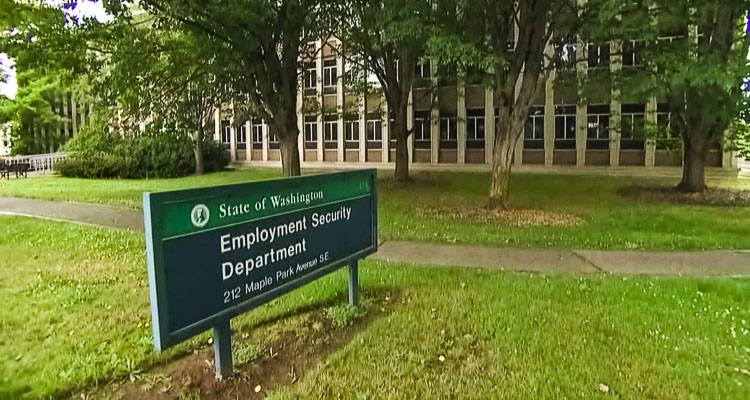
Similar to the problems in California, Washington is now facing the prospect that many unemployed claimants, who legitimately thought they were eligible for benefits, will now be asked to repay them
Mark Harmsworth
Washington Policy Center
Due to the federal government changing the unemployment benefit eligibility rules mid-pandemic, some Washington residents, who have been receiving unemployment benefits, will now have to repay the benefits despite being approved to receive benefits initially.

The Pandemic Unemployment Assistance (PUA) program, launched shortly after the pandemic started, did not fully verify that a benefit claimant was eligible for program benefits. Claimants that applied under the rules of the PUA program published in 2020, would have reasonably assumed that their application would have been rejected if they were not eligible for benefits, but many were approved anyway. Combined with the Employment Security Departments (ESD) relaxation of the unemployment benefit qualification criteria, under political pressure to show a reduction in the claimant backlog, many potential applications were approved, unknowingly, without the proper documentation.
In early 2021 the PUA rules were changed requiring additional documentation from the claimants.
Similar to the problems in California, Washington is now facing the prospect that many unemployed claimants, who legitimately thought they were eligible for benefits, will now be asked to repay them.
The initial number of PUA claimants without proof of eligibility, according to an email from ESD Communications Director Nick Demerice, was 120,000. Out of those, 92,000 have produced the required documentation. The number that currently have not responded or been able to prove eligibility is 28,000. ESD is working to contact the remaining claimants for proof.
If the remaining claimants cannot prove eligibility, ESD will require the claimants to repay their PUA benefits.
The remaining 28,000 claimants are made up of claimants that were unaware of the eligibility requirements, or claimants that knowingly filed false unemployment claims. While the benefits will need to be repaid for both groups, better information and verification systems could have prevented both the fraud and the erroneous payments by ESD in the first place.
Certainly, ESD relaxing the benefit qualification process has made the situation worse.
The Washington Policy Center has previously recommended, pre-registration and authorization of employees into ESD systems will reduce the impact of large unemployment events.
Events like the COVID-19 economic lockdown mandate, unfortunately, are becoming more common. Employment Security Department officials and state leaders should be better prepared to deal with the next long-term unemployment crisis and must start working now to improve systems and procedures to handle the crisis.
Had ESD had systems in place to qualify applicants appropriately and not relaxed the eligibility rules, the over payments (and subsequent collections) could have been avoided.
Mark Harmsworth is the director of the Small Business Center at the Washington Policy Center.




